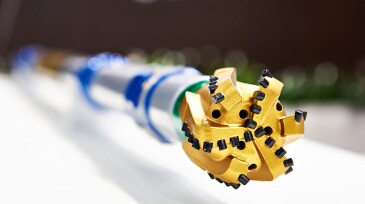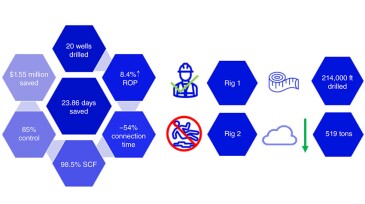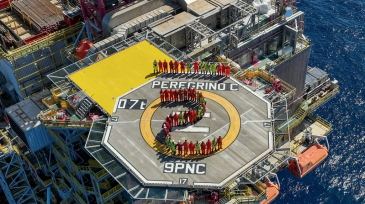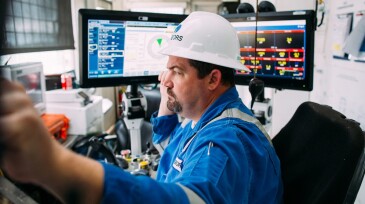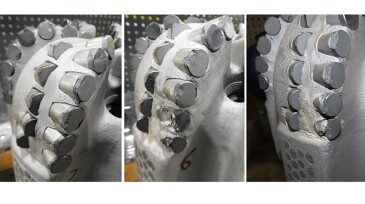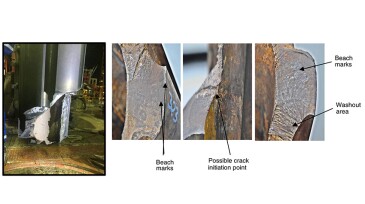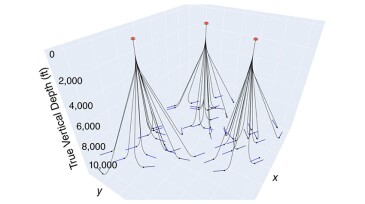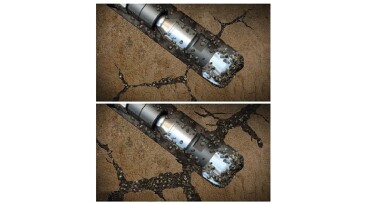Drilling automation
In this study, a method was developed to analyze the effects of drilling through transitions on bit-cutting structures and construct an ideal drilling strategy using a detailed drilling model.
This paper describes a machine-learning approach to accurately flag abnormal pressure losses and identify their root causes.
This research aims to develop a fluid-advisory system that provides recommendations for optimal amounts of chemical additives needed to maintain desired fluid properties in various drilling-fluid systems.
-
This paper describes an autonomous drilling approach using an autocurve-drilling mode to automatically drill curved sections without human intervention and complete autonomous well construction.
-
This paper presents an approach for automatic daily-drilling-report classification that incorporates new techniques of artificial intelligence.
-
The authors of this paper present the results of implementing a rig-automation solution applied to 20 wells in Ecuador in 2022.
-
The oilfield service giant said it has taken another big step toward fully autonomous drilling operations in its latest project offshore Brazil.
-
The companies have integrated their platforms in an effort to increase flexibility and interoperability.
-
Few oil and gas companies give data science projects the better part of a decade to prove out, but that’s just what this one did.
-
This paper describes an 18-month intensive continuous improvement process between an operator, a rig contractor, and bottomhole-assembly (BHA) service providers aimed at reducing BHAs per well in two Oklahoma rigs.
-
This paper presents the study, resulting recommendations, and a proposed change in standard bottomhole-assembly configurations to reduce service-quality-compromising incidents and productive time lost from jar twistoffs.
-
This paper presents an approach to optimize the location of wellhead towers using an algorithm based on multiple parameters related to well cost.
-
This paper describes the application of learnings from an offshore project in the Caspian to an underground gas storage project to enhance drilling performance.




